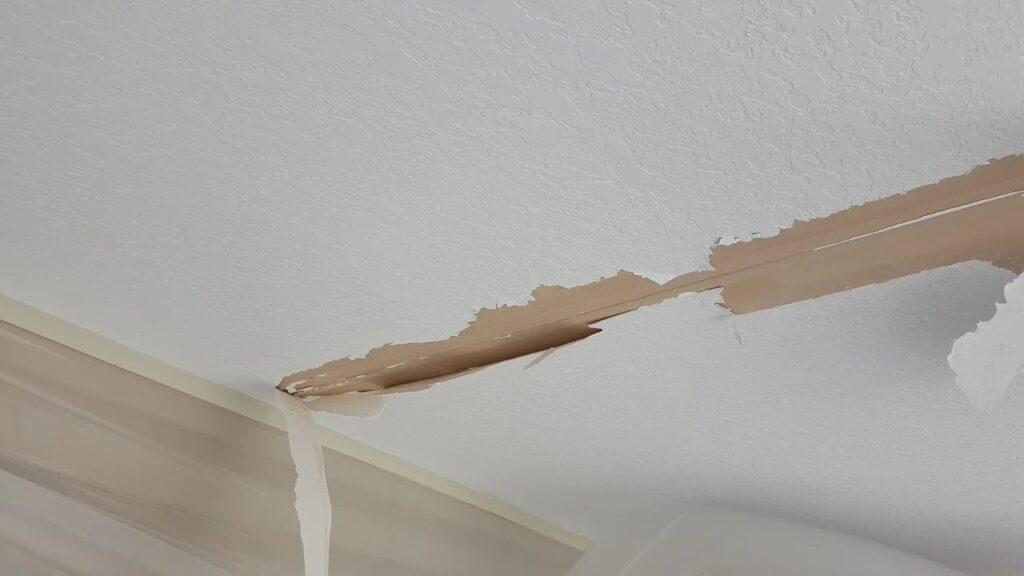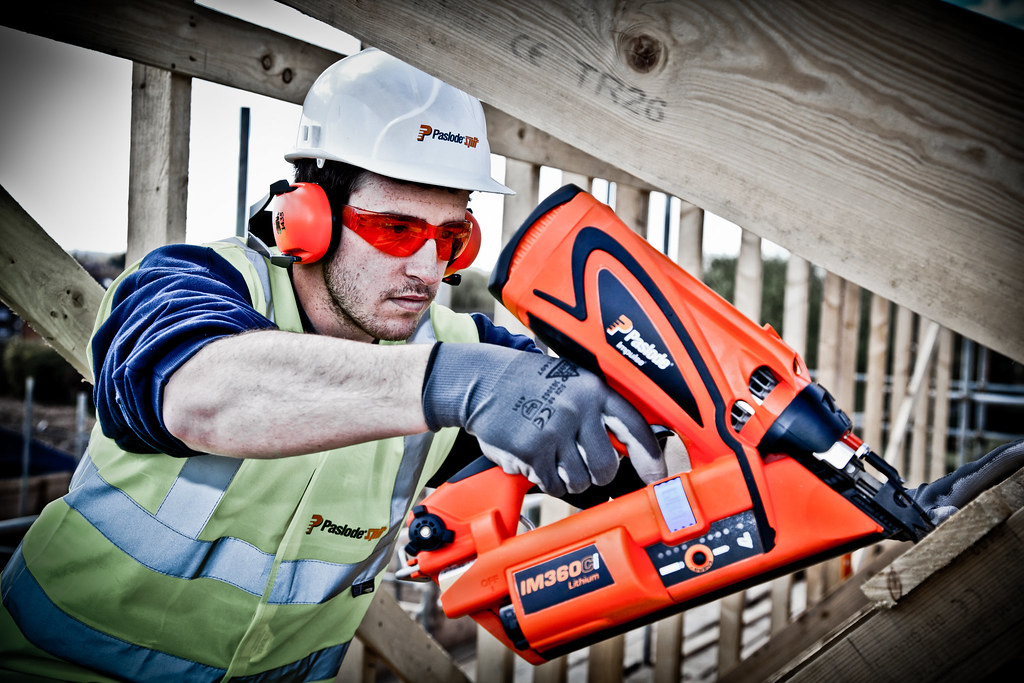From frozen subgrade and adhesives to icy conditions, contractors have to plan projects around low temperatures and damp autumn / winter conditions to keep construction sites moving and projects on track.
Drylining in colder damper environments
A perfect smooth finish is key to the success of any drylining project but If carried out in an environment that is too cold or damp your team risks issues including but not limited to gaps, cracked joint compound, poorly bonded boards, and inconsistency’s in paint colour and wall finishes. In addition to not looking great, these issues can severely shorten the lifespan of the walls leading to screw pops and even stud warp in extreme cases.
To help prevent issues during the colder month’s pre-heat the space prior to the work being carried out and throughout the curing process. 12 degrees is the key number not to drop below, with a temperature fluctuation of no more than 15 degrees either way. Temporary heaters and infrared thermometers can help. It’s worth bearing in mind that thin scrim coats can be dry within 20 minutes whereas thicker applications can take 24 hours plus to cure meaning temperatures in the working space may need to be maintained overnight.
Adhesives / Silicones / Tapes
Why do tapes and adhesives seem less sticky in the colder months? Quite simply the liquid component of the adhesive which allows it to flow, build tack, and grip onto things, hardens in colder temperatures, losing its ability to build a secure bond.
Specialist tapes are available and are designed to work in cold, damper environments but can prove an expensive option. When using standard tapes ensure surfaces are clean and dry, primers can also be used to provide a stronger key. Temporary heaters to keep the installation area warm enough for the adhesives to bond and keeping building materials stored in a heated area to warm up before work begins will also help.
Solvent-based silicones and adhesives cure when the solvent in them evaporates, however moisture-curing versions, cure by reacting with moisture in the air or the substrate making them a much better option in colder / damper winter months.
High performance moisture curing silicone and polyurethane sealants have been applied successfully at temperatures as low as -29ºC using these techniques.

Grouts and cementitious substrates
Cooler temperatures will also have an impact on mortar and grouts. As the water in these components freezes, small ice crystals can completely alter the chemical composition of these materials, weakening their bonding ability which can lead to unsecured components.
All grouts are mixed with water. If the temperature is cold enough to freeze the water before the grout cures (usually 48 – 72 hours) the water will expand in turn making the grout expand. This could cause damage to the grout itself as well as surrounding tiles, stone, or block.
For best results use a fast-setting, high- performance version. If standard grouts are your only option be sure to store bags in a warm room and use room temperature water for mixing to help keep the product warm when in use. Adding accelerator and frost-proofer to your mix, a high performance building chemical that increases the frost resistance and accelerates setting time of cement by improving the rate of hydration can also help.

Nail guns jamming
Being prepared with the right fuel cells can make the difference between getting your job done or postponing it. Fuel cells that aren’t rated for the extreme cold will freeze up.
Keeping with the idea that cordless nail guns work where pneumatic models won’t, battery-only tools require nothing extra to run in the cold. Truly the best solution to running a nailer during winter, consider battery-powered cordless tools.

